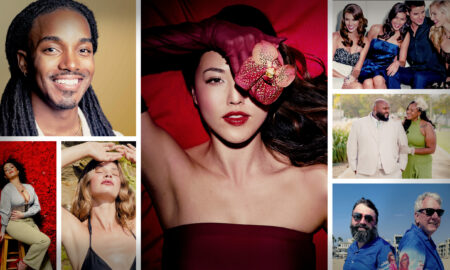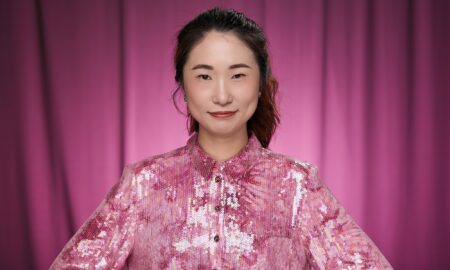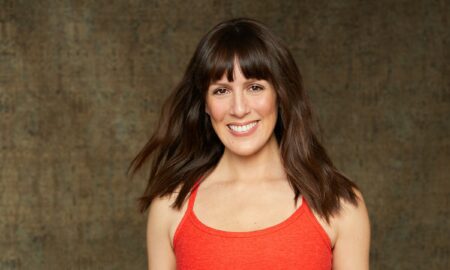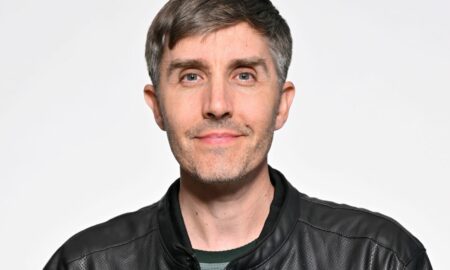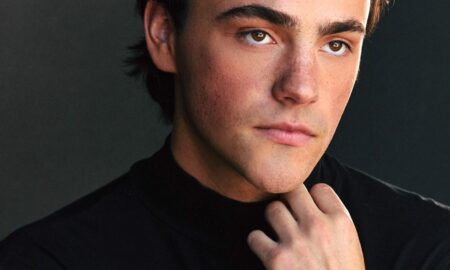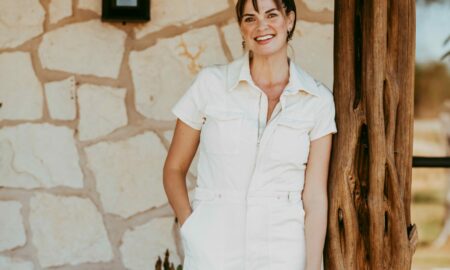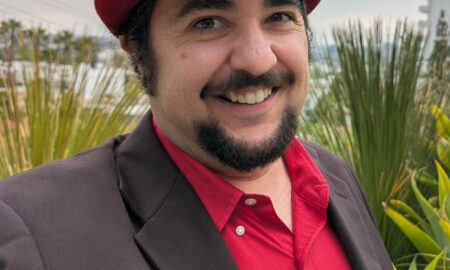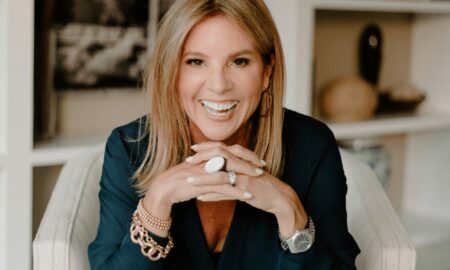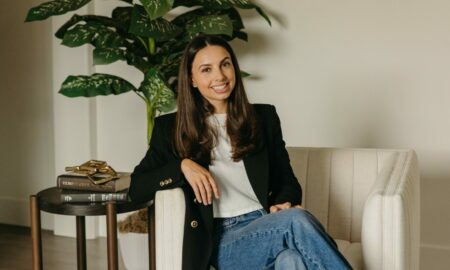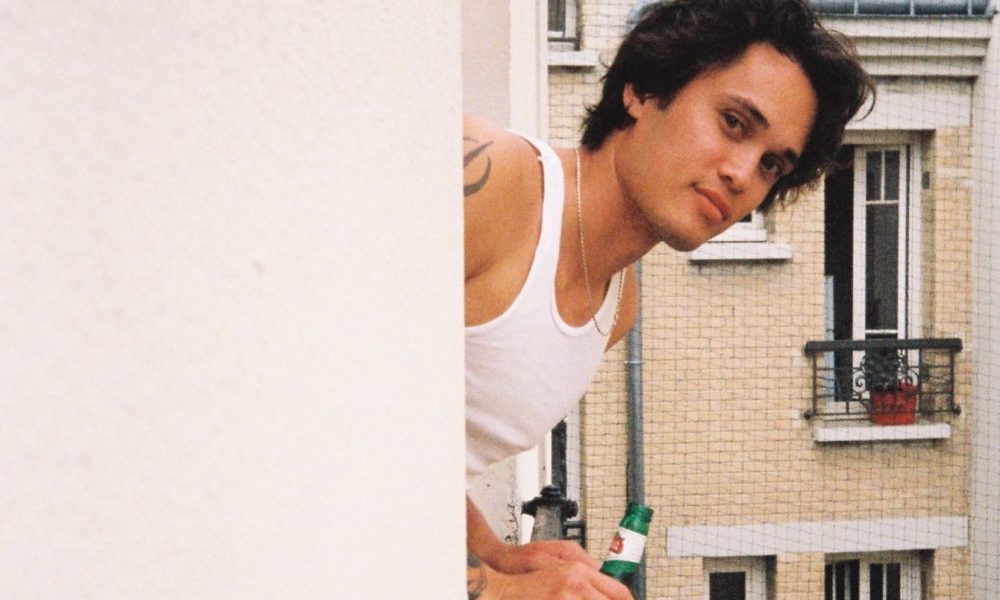

Today we’d like to introduce you to Noah Woo.
Noah, please share your story with us. How did you get to where you are today?
I am a native Hawaiian born in Maui, Hawaii. I moved to California at the age of 15 and have been living and working in 805 and Los Angeles counties ever since. My photo journey started when my grandmother sent me a camera in my early teens, it was a small Nikon point and shoot that lived in my backpack and around my neck. At first, my photos consisted very heavily as documentation of my friends and I, from the mundane experiences to the highs and lows of adolescents. It wasn’t until my early twenties that I became interested in the indexical nature of photography and the manner that a photograph exists as proof of experience and a fossil of time once had. I use the camera the same way a writer uses a pen, the process of image-making allows me to investigate the issues that I have faced in my short twenty-five years of life. From the death of my father to the ever-changing environment and manufactured landscape. Where painting, drawing, and other forms of art have failed me, the camera has given me access to a way to explore myself and the world. I recently finished my undergraduate program from the Otis College of Art and Design, where I earned my BFA in Fine Art Photography.
Overall, has it been relatively smooth? If not, what were some of the struggles along the way?
Between my mom working several jobs to pay the bills and then eventually pursuing nursing school it was a very bumpy road for a while. We lived in a lot of different areas and houses, moving around a lot and never really having a set home until moving to California where I have been able to grow roots in my local community and build relationships with friends that I now consider family. But there’s always two sides of a coin, by moving to California to set new roots and pursue higher education, I also lost my contact with my culture. As a Native Hawaiian our fundamentals, lessons, and way of life are deeply rooted in our land and our proximity to it. Each generation relies on the ones before to pass down knowledge so if there’s a break in the chain, the gap is sometimes too large to fill. When my father passed two years ago, I felt like my chain broke, with his cycle ending the access to my heritage felt like it ended as well.
We’d love to hear more about your work and what you are currently focused on. What else should we know?
I am a Photographer, a Bookmaker, and a Sculptor.
My practice uses tools of investigation to not only produce images but also attempt to understand the language behind what a photograph is. For the last several years, I have worked on a couple of different projects, in some of the most recent work I explore common hand tools that my father used as a woodworker before he passed. I am interested in alternative printing methods and different ways that photos can exist in space. These tools are photographed and then resized up to 200% larger, Inkjet printed on adhesive matte paper, and then hand cut and installed onto different surfaces. I use these tools to explore ideas of loss, displacement, masculinity, and objecthood…
The other part of my practice focuses on the duality of the manufactured and natural landscapes and their surrounding environments. In early 2017 I began to investigate the Los Angeles Aqueduct, I am interested in how the water is controlled, manipulated, and distributed. this investigation allowed me to travel the full length of the aqueduct where I photographed different parts of the conduits, canals, reservoirs, control houses, and places that the water is designed to be shaped and moved. My most recent version of this work is in Book format titled, ” TIDAL WAVE”. In this book, I combine historical newspaper text from the 1920s-30s that document the ten different incidents that the aqueduct was bombed in the Owens Valley area. Acts that, if committed in our contemporary climate would be considered as Eco-Terrorism. The text is then juxtaposed with my own contemporary images that were made in the same area.
If you had to go back in time and start over, would you have done anything differently?
The lessons I’ve learned from failure has been important in building my work ethic and character, so I can live with most of the mistakes and errors that I’ve made. But if there is one thing that I would have done differently is to be more open to collaborative work and community engagement with art. As a young adult, I was always worried about money and time, which will always result in sacrificing something you might not see as important. I would like to go back and say yes to some of the opportunities that were passed on.
Contact Info:
- Website: Noah-woo.net
- Email: [email protected]
- Instagram: Dont_sneeze_on_me






Image Credit:
Profile portrait taken by Grady Neilan
Suggest a story: VoyageLA is built on recommendations from the community; it’s how we uncover hidden gems, so if you or someone you know deserves recognition please let us know here.

